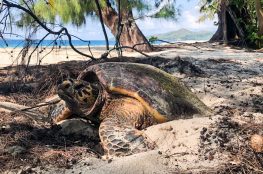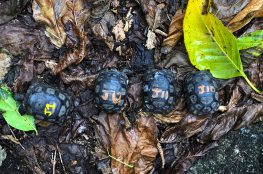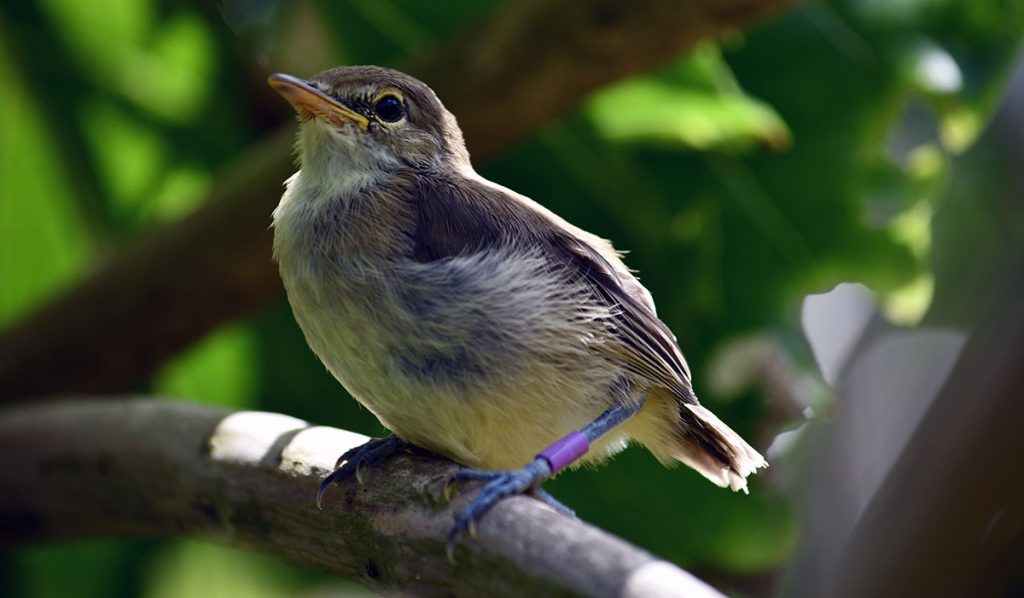
For its small size, Cousin has an admirable diversity of land birds, including 5 of Seychelles endemic species. Among them is the Seychelles warbler (Acrocephalus sechellensis) or Timerl Dezil in Creole. This is the bird that saved an island! It is the main reason why Cousin became a nature reserve.
The unremarkable warbler, referred to as the “little brown job,” neared extinction in 1968. About 26 birds were clinging to life in a small patch of mangrove trees on the island, when BirdLife International purchased Cousin in order to save them. Coconut palms were cut down and native forest allowed to regenerate as part of an intensive habitat management programme. Pisonia grandis, the preferred habitat of the warbler, flourished once again and with it, the bird’s population. After Cousin reached carrying capacity, around 320 adult birds, new populations were established on Cousine and Aride in 1988 and 1990, and later on Denis and Fregate Islands in 2004 and 2011.
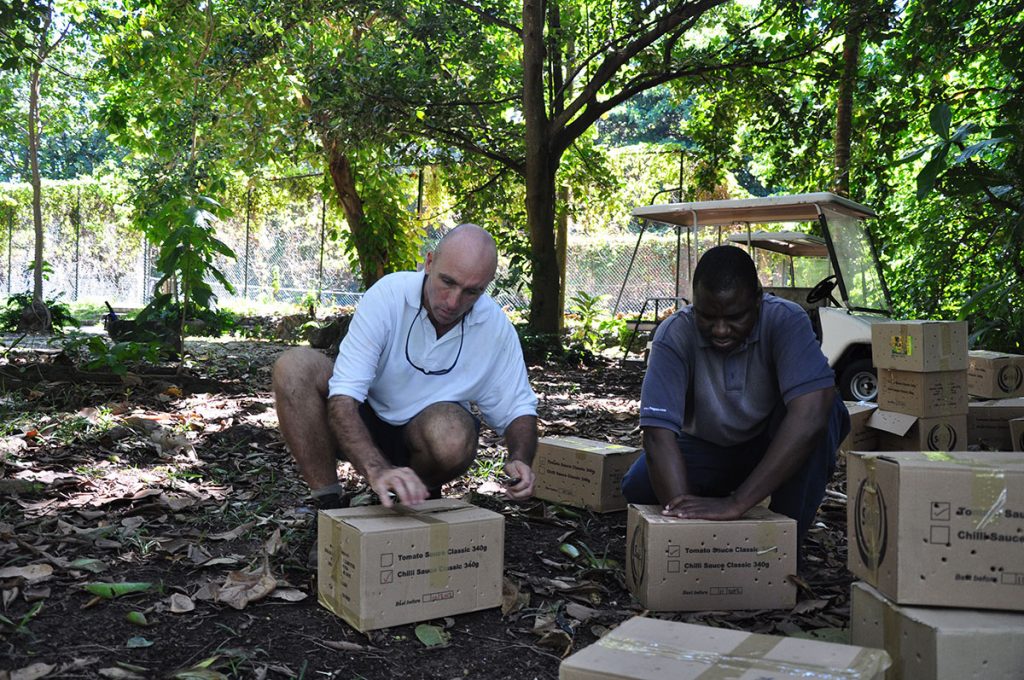
The bird now numbers over 3,000 in these five islands and has been down-listed from “Critically Endangered” to “Near Threatened” on the Red List https://www.iucnredlist.org/species/22714882/94431883. Its spectacular recovery is one of the world’s greatest conservation success stories of recent times.
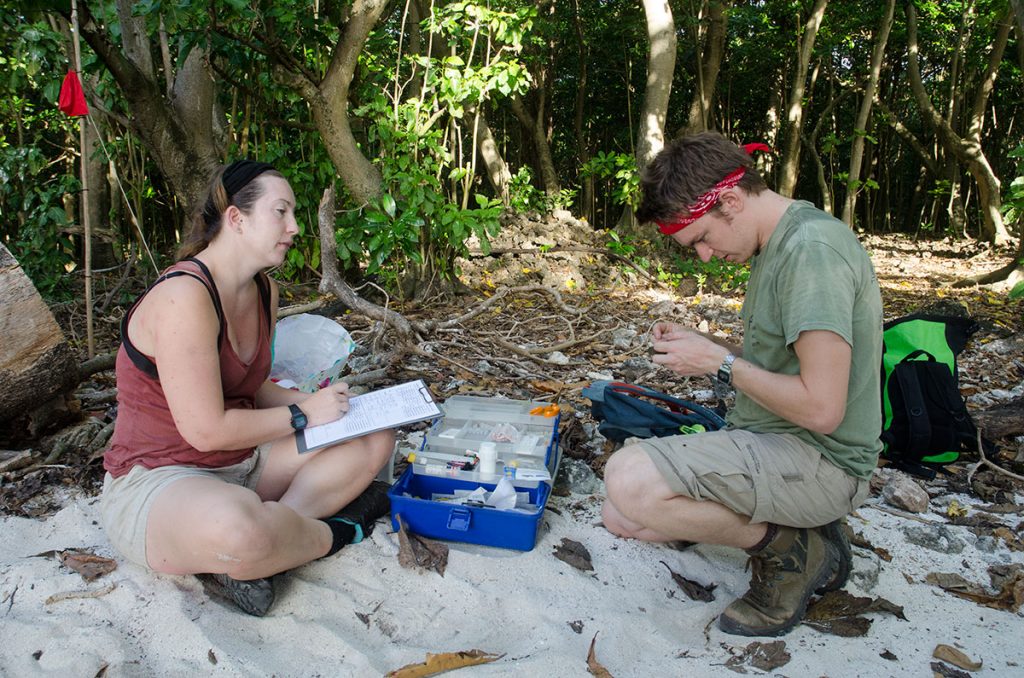
The Seychelles warbler is also probably the most researched bird in the Seychelles. Study of the bird has been ongoing for over 30 years! It originally started in 1988. The Seychelles Warbler Group working in conjunction with Nature Seychelles continues this research to date. It is led by Profs. David Richardson (University of East Anglia, UK), Jan Komdeur (University of Groningen, the Netherlands), Terry Burke (University of Sheffield, UK) and Dr Hannah Dugdale (University of Leeds)
“In 1969, the Red Book had said the Seychelles Warbler could well become extinct in our time. We can now say the Seychelles Warbler was saved in our time – definitely the most amazing conservation success story in Seychelles,” Dr. Nirmal Shah, Nature Seychelles’ Chief Executive says.

